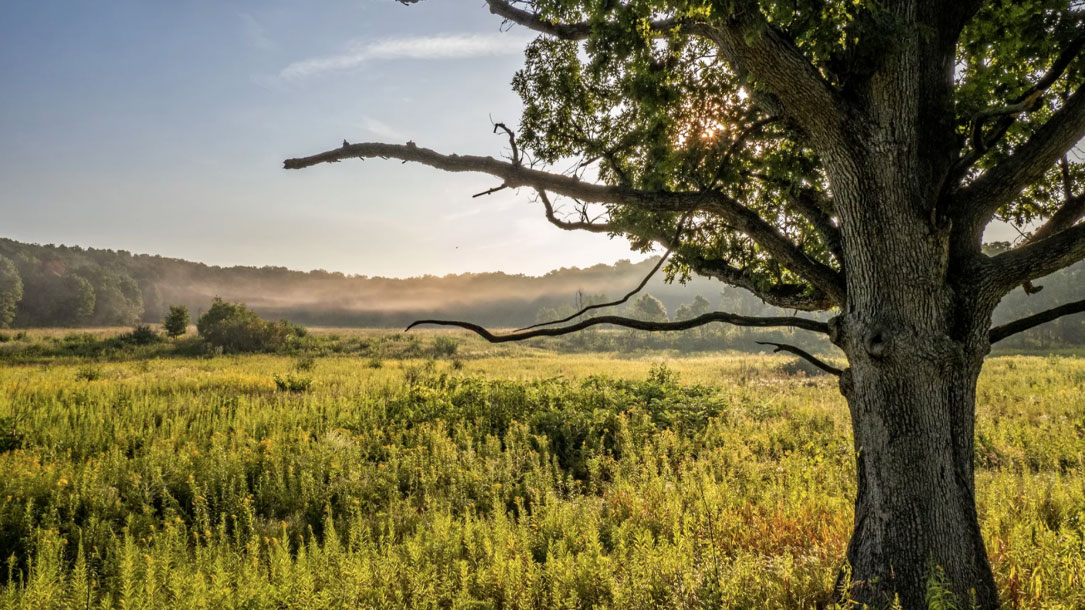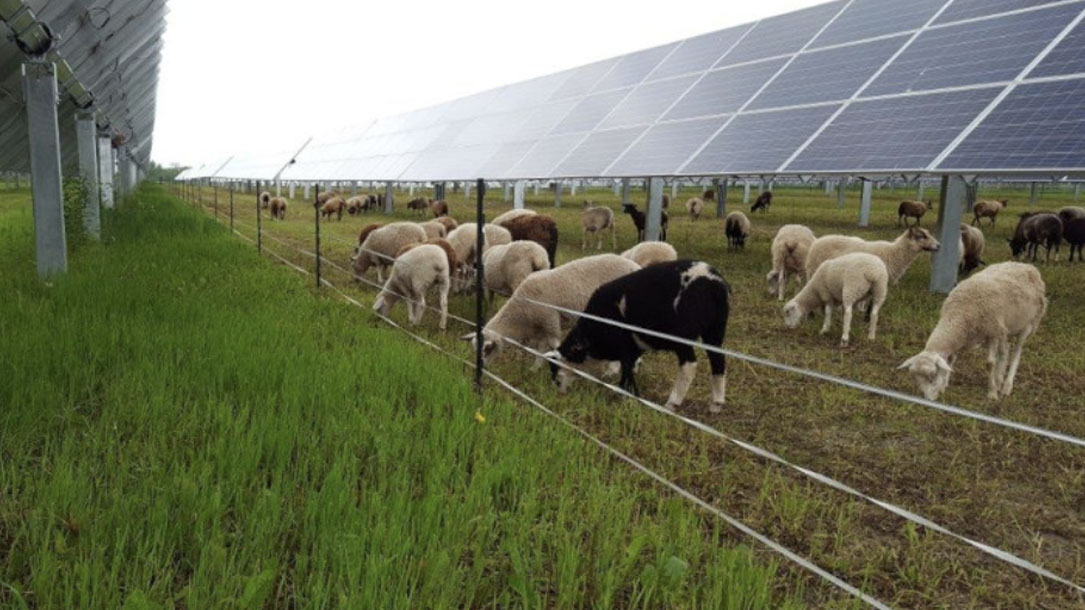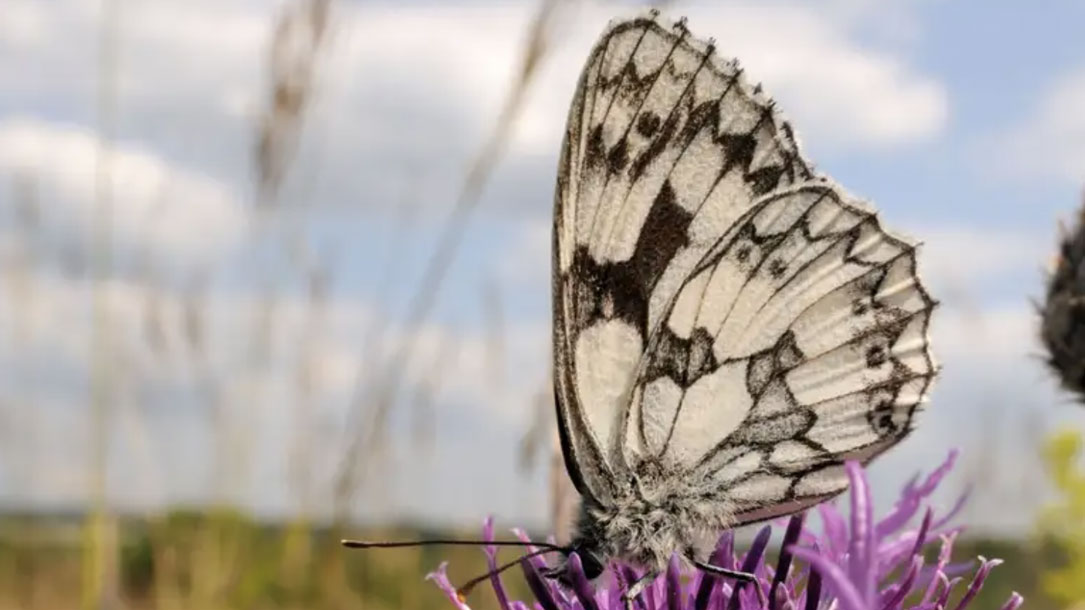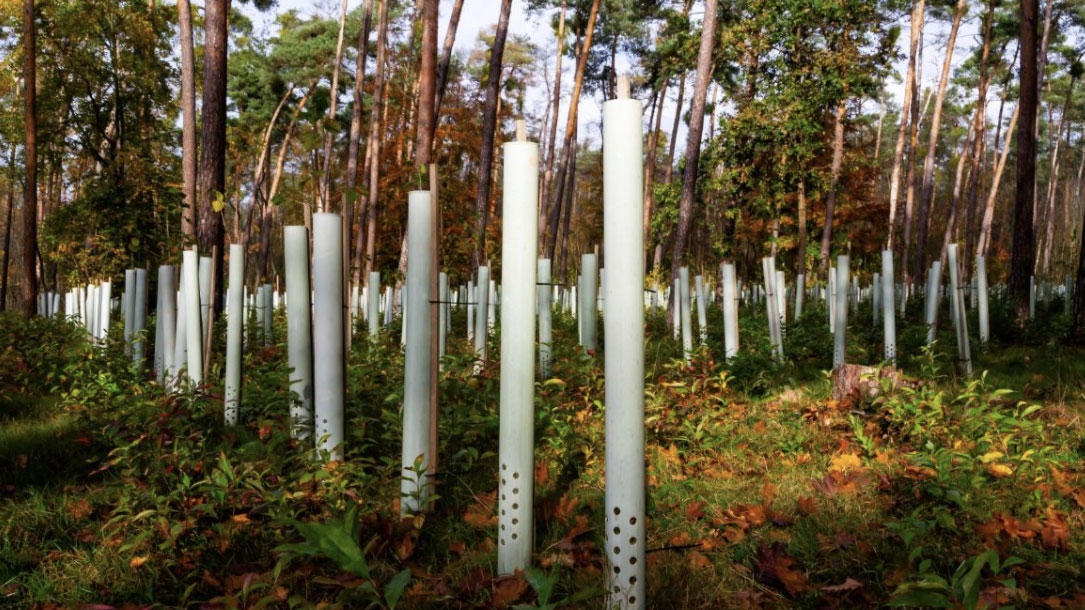
This map may make you feel better about the state of the planet
One problem with the onslaught of negative environmental news — extinctions, oil spills, and so on — is that people become numb to it, as Barney Long, senior director of conservation strategies at the nonprofit Re:wild, told Vox last fall.
“I’m a strong believer in flipping this on its head and really starting to talk about the positive stories,” said Long, who’s involved in IUCN’s new tools to measure recovery (but not the Restor map). We want to avoid extinction, he said, “but what do we want to achieve?”
Efforts to restore ecosystems don’t always work, of course, and it’s important to highlight failures and course corrections, Crowther said. His previous research into forest restoration helped inspire enormous tree-planting campaigns, for example, but these efforts often fail to restore forests and can even destroy native ecosystems. Restoration is also not going to stop climate change on its own, experts say…

Scientists flood forests to mimic rising seas
Using a web of PVC pipes and rubber hoses, they inundate sections of woodland half the size of a football field to study how the trees might respond to climate change and its effects — namely rising seas and torrential downpours.
It’s a local experiment, but the researchers said they hope to build a global model that will help scientists understand what events lead to the earliest stages of tree stress and when forests near coasts start converting to wetlands…

Minnesota research finds sheep grazing at solar sites actually improves soil quality
Research conducted in Minnesota over the past two years points to many beneficial aspects of grazing sheep at ground-mounted solar projects. What is assumed to be the largest solar sheep flock in the United States operates from the MNL grazing facility and has been grazing Enel’s 150-MW Aurora project since 2017. Soil samples from six of the projects were first taken in 2020 and again in 2021 with the preliminary results recently presented…

Air pollution makes it harder for pollinators to find plants
A field trial found that levels of nitrogen oxides and ozone similar to those near roads led to a 70 per cent drop in the numbers of bees and butterflies on mustard plants…

Hotter summer temperatures prompt fly fishing restrictions in Montana
In some areas, fishing has been temporarily prohibited on hot summer afternoons when the water is too warm.
“That’s a huge impact to fisheries and to the guiding community as a whole,” Hutcheson says. “There are operations…starting their guide trips at 5 a.m. so they can get off the water by 2, or they’re simply not taking people out during the hottest times of the year, which traditionally has been some of the best fishing”…

U.S. eyes wetland restoration as hedge against climate change
Researchers found that conserving existing wetlands, restoring 35 percent of marshes that have been impounded or drained, and allowing coastal wetlands to naturally migrate toward land as sea levels rise could create a substantial sink for CO2 and human-caused methane by 2050…

Rotational grazing revives the prairie
Foraging sheep, prairie plants, and soil health all benefited from a two-month experiment that allowed Chris Schmidt to rotationally graze on neighboring land enrolled in the federal Conservation Reserve Program (CRP).
The 45-acre prairie restoration was overdue for mid-contract maintenance… “Songbirds. Butterflies. Bees. All that stuff is intertwined one way or another. We can’t have one without the other. Increase that diversity not only in plants but wildlife,” Schmidt said of grazing the landscape…

Capped landfill becomes conservation land
“A capped landfill on the south side of Belchertown Road will become Amherst’s newest conservation land.
In what town officials say will be a unique conservation restriction held by Kestrel Land Trust, the 53-acre site on which residents once disposed of their household garbage will be permanently protected.”

These World Heritage Forests have gone from removing carbon from the atmosphere to emitting it
Human activity and climate change-fueled disasters have turned 10 of the planet’s internationally recognized forests, also known as World Heritage sites, from carbon absorbers into carbon emitters, researchers have found. The report from UNESCO found these sites can absorb approximately 190 million tons of carbon dioxide from the atmosphere each year — roughly half the amount of the United Kingdom’s annual fossil fuel emissions.

Trees should be planted without plastic guards, says UK study
Since the 1970s, saplings have generally been planted in translucent plastic tubes to protect them from being eaten by browsing animals. However, the research — which analyzed the lifecycle of the plastic and trees — found it was better to lose a certain percentage of saplings than use plastic guards to protect them…












